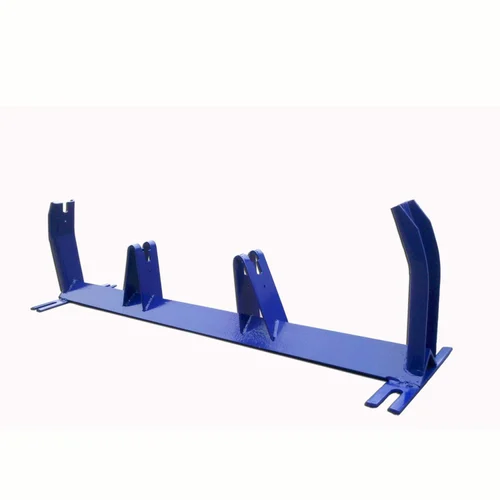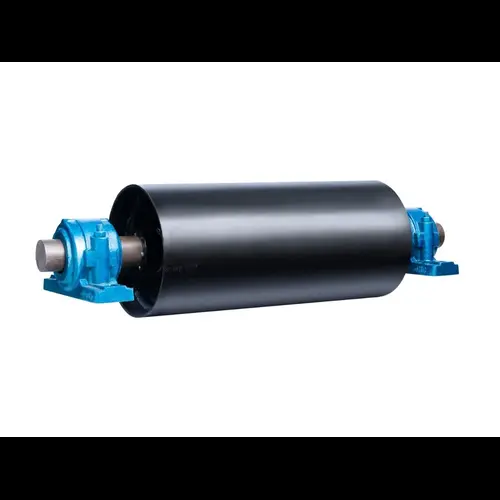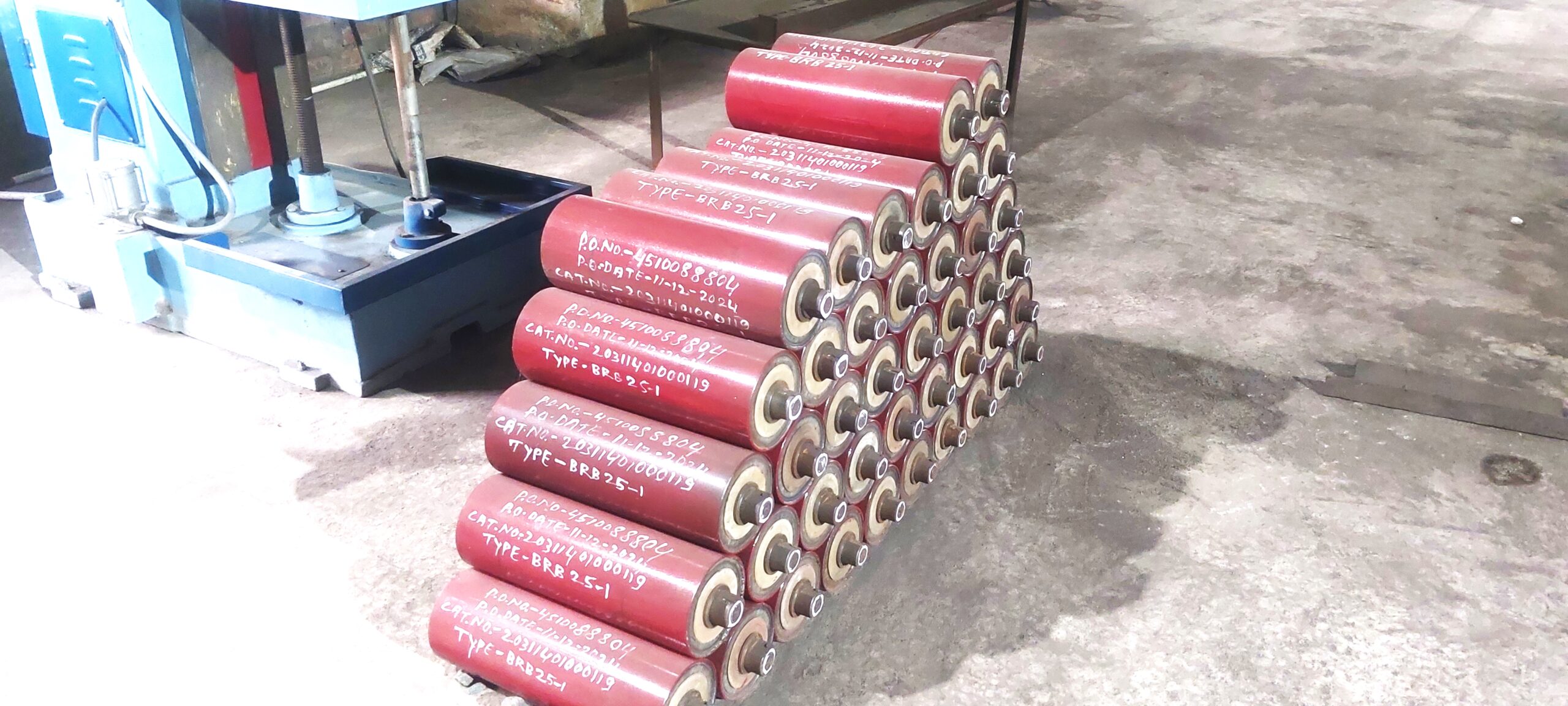Idler support frame assembly an important part of conveyor system
The idler support frame assembly, also known as an idler bracket, is a critical component in any conveyor system. It’s the structure that holds the idler rollers in place, ensuring the conveyor belt remains properly aligned and supported. Manufacturing these frames requires precision and a robust process to ensure they can withstand the rigors of heavy-duty industrial use. Here’s a look at how idler brackets are manufactured in a modern facility.
Designing for Strength and Functionality
The manufacturing process begins with a meticulous design phase. Engineers use CAD (Computer-Aided Design) software to create a detailed blueprint of the idler bracket. The design takes into account several key factors:
- Load Capacity: The frame must be able to support the weight of the idler rollers, the conveyor belt, and the materials being transported. The design determines the thickness of the steel and the shape of the frame to handle this load without deforming.
- Belt Width and Trough Angle: Idler brackets are designed to match specific conveyor belt widths and trough angles. The trough angle, which is the angle at which the side rollers are inclined, is crucial for containing the material on the belt.
- Mounting Configuration: The design includes the specific hole patterns and mounting points required to securely attach the bracket to the conveyor’s main frame.
Precision Manufacturing Steps
Once the design is finalized, the manufacturing process moves to the production floor, where modern machinery ensures accuracy and efficiency.
1. Material Preparation
The process starts with selecting the right raw material, typically high-grade steel plates or sheets. These materials are chosen for their strength and durability. Large sheets are fed into automated cutting machines, such as CNC (Computer Numerical Control) plasma or laser cutters, which precisely cut out the individual components of the idler bracket. This method ensures clean cuts and minimal material waste.
2. Bending and Shaping
After cutting, the flat steel components are bent into the required shape using a press brake machine. This machine applies immense force to bend the steel along specific lines, creating the “trough” shape of the bracket. The CNC control on the press brake ensures each bend is made at the correct angle, guaranteeing a uniform and accurate final product.
3. Welding the Assembly
The cut and bent steel components are then assembled and welded together. This is a critical step that determines the strength and rigidity of the final product. In a state-of-the-art facility, this is often done using robotic welding cells. These robots are programmed to perform consistent, high-quality welds, which are stronger and more reliable than manual welds. They ensure every joint is fused perfectly, preventing future failure under stress.
4. Machining and Finishing
After welding, the idler bracket assembly may undergo further processing. The mounting holes are often drilled or punched using a specialized machine to ensure they are perfectly aligned and have the correct diameter. The frame is then cleaned to remove any slag or spatter from the welding process.
5. Protective Coating
To protect the steel from rust and corrosion, the final step is applying a protective coating. The most common methods are powder coating or galvanization. Powder coating involves applying a dry powder and then baking it to form a hard, durable finish. Galvanization involves dipping the steel in molten zinc. Both methods create a robust barrier against environmental factors, extending the lifespan of the idler bracket.
Quality Control: Ensuring Reliability
Throughout the manufacturing process, strict quality control measures are in place. Inspections are conducted at various stages to ensure dimensional accuracy, weld integrity, and the quality of the protective coating. A final inspection ensures the finished idler bracket meets all design specifications and is ready for use in a demanding industrial environment.
By combining advanced design software with modern manufacturing techniques, idler support frames are produced to the highest standards, ensuring the reliability and longevity of conveyor systems across various industries.



